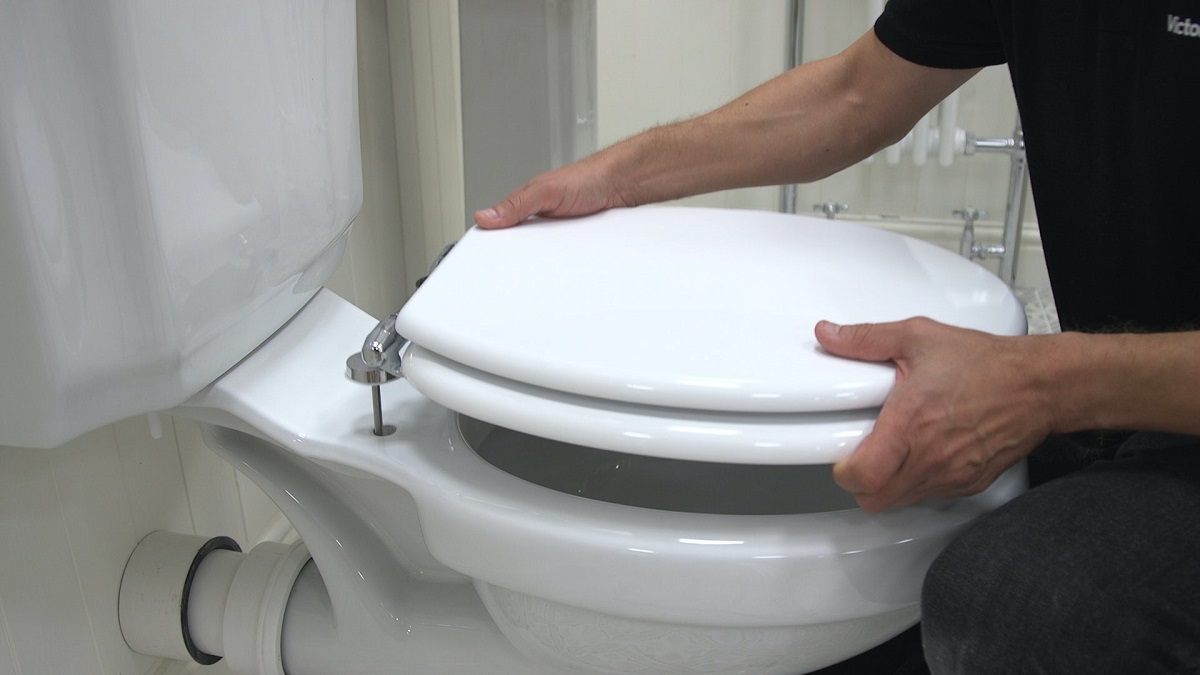

Articles
How To Replace A Toilet Seat
Modified: January 6, 2024
Looking for articles on how to replace a toilet seat? Find step-by-step guides and expert tips on installing a new toilet seat for your bathroom renovation.
(Many of the links in this article redirect to a specific reviewed product. Your purchase of these products through affiliate links helps to generate commission for Storables.com, at no extra cost. Learn more)
Introduction
Welcome to our comprehensive guide on how to replace a toilet seat. Although it may seem like a daunting task, replacing a toilet seat is actually a simple and straightforward process that can be completed by anyone with a few basic tools and a little bit of know-how. Whether you’re looking to upgrade your current seat or your old one is broken and in need of replacement, this guide will walk you through the steps to get the job done quickly and easily.
Having a functional and comfortable toilet seat is essential for a pleasant bathroom experience. Over time, toilet seats can become worn, cracked, or loose, making it necessary to replace them. Fortunately, with just a few steps, you’ll be able to give your bathroom a fresh and inviting new look.
Before we dive into the step-by-step process, let’s take a moment to gather the necessary tools and supplies you’ll need for this project.
Key Takeaways:
- Replacing a toilet seat is a simple DIY project that can be accomplished with basic tools and a step-by-step process. Proper measurements, adjustments, and tightening ensure a stable and comfortable seat.
- Regular maintenance and cleaning of the toilet seat will prolong its lifespan and keep it in optimal condition. Following safety guidelines and seeking professional assistance when unsure is crucial for a successful installation.
Read more: How To Measure For A Toilet Seat Replacement
Step 1: Gather necessary tools and supplies
Before you begin the process of replacing a toilet seat, it’s important to gather all the necessary tools and supplies. Having everything ready beforehand will ensure a smoother and more efficient installation process. Here are the tools and supplies you’ll need:
- Adjustable wrench or pliers: You’ll need these to loosen and tighten the bolts holding the old seat in place.
- Flathead screwdriver: This will come in handy for removing any plastic caps or covers that may be hiding the bolts.
- Measuring tape: Use a measuring tape to take accurate measurements of the distance between the mounting holes on the toilet bowl. This will help you choose the correct size of the new seat.
- New toilet seat: Select a toilet seat that fits the shape and dimensions of your toilet bowl. You can choose between different materials, such as plastic, wood, or cushioned seats, depending on your preference.
- Bolts and nuts: In some cases, the new toilet seat may come with its own bolts and nuts. However, if they are not included, make sure to purchase them separately.
- Protective gloves and cleaning supplies: It’s always a good idea to have gloves and cleaning supplies on hand to ensure hygiene during the process.
Once you have gathered all the necessary tools and supplies, you’re ready to move on to the next step: removing the old toilet seat.
Step 2: Remove the old toilet seat
Now that you have all the necessary tools and supplies, it’s time to remove the old toilet seat. Follow these steps:
- Begin by locating the bolts that attach the seat to the toilet bowl. These are usually located at the back of the seat near the tank.
- Using an adjustable wrench or pliers, loosen the nuts on the bolts. Be sure to turn them counterclockwise to loosen them.
- Once the nuts are loose, you can easily lift the old seat and lid away from the toilet bowl. Set them aside for disposal or further inspection.
- Underneath the toilet seat, you may find plastic caps covering the bolts. Use a flathead screwdriver to gently pry off these caps.
- After removing the caps, you will have full access to the bolts. Use your wrench or pliers to completely remove the nuts and bolts from the toilet bowl.
- Once the bolts have been removed, thoroughly clean the surface of the toilet bowl where the old seat was attached. This will ensure a clean and smooth installation of the new seat.
With the old toilet seat safely removed, you’re now ready to move on to the next step: preparing the new toilet seat for installation.
Step 3: Prepare the new toilet seat
Now that you’ve successfully removed the old toilet seat, it’s time to prepare the new one for installation. Follow these steps:
- Take the new toilet seat out of its packaging and inspect it for any damages or defects. Ensure that all the necessary components, such as bolts and nuts, are included.
- Measure the distance between the mounting holes on the toilet bowl. This will help you determine if the new seat is the correct size. If the measurement doesn’t match, consider returning the seat and getting the appropriate size.
- If your new toilet seat comes with plastic caps or covers, remove them before installation. These are usually used to protect the bolts during transportation.
- Some toilet seats come with adjustable hinges that allow you to position the seat at different angles. Adjust the hinges if necessary according to your preference.
- Inspect the underside of the toilet seat to locate the holes where the bolts will go through. Ensure that these holes align with the mounting holes on the toilet bowl.
- Before moving on to the installation, take a moment to clean the new toilet seat with mild soap and water. This will remove any dirt or residue and ensure a clean and hygienic surface.
With the new toilet seat prepared and cleaned, you’re now ready to move on to the next step: installing the new toilet seat on the toilet bowl.
When replacing a toilet seat, be sure to measure the distance between the mounting holes to ensure you purchase the correct size seat for your toilet.
Step 4: Install the new toilet seat
With the new toilet seat prepared and cleaned, it’s time to install it onto the toilet bowl. Follow these steps:
- Hold the new toilet seat over the toilet bowl, ensuring that the mounting holes on the seat align perfectly with the holes on the toilet bowl.
- Insert the bolts through the mounting holes on the toilet bowl, starting from the underside. Make sure the bolts are aligned with the holes on the seat.
- Once the bolts are in place, secure them by tightening the nuts onto the bolts. Use your adjustable wrench or pliers to tighten the nuts firmly, but be careful not to overtighten, as this could cause damage to the toilet bowl or seat.
- Double-check that the new seat is positioned properly and securely attached to the toilet bowl. Give it a gentle tug to ensure it doesn’t wobble or move excessively.
- If your toilet seat has snap-on hinges, close the seat and gently press down on both sides until you hear a click, indicating that the hinges are securely fastened.
- If your toilet seat has a lid, attach it by sliding it onto the seat at the hinges and securing it in place.
Once the new toilet seat is installed, you’re almost done. But before you finish, there are a few final steps to complete for a proper installation and optimal comfort. Let’s move on to step 5: making necessary adjustments.
Read more: How To Replace A Toilet Seat Lid
Step 5: Make necessary adjustments
After installing the new toilet seat, it’s important to make any necessary adjustments to ensure proper fit and comfort. Follow these steps:
- Check the alignment of the seat and lid. Make sure they are centered and sit evenly on the toilet bowl. If needed, loosen the nuts slightly and adjust the position of the seat and lid accordingly.
- If your toilet seat has adjustable hinges, you can fine-tune the angle of the seat to achieve the desired position. This can improve comfort and usability.
- Ensure that the toilet seat is level and doesn’t tilt to one side. If it tilts, you may need to adjust the tightness of the nuts on the bolts to correct the angle.
- If you prefer a softer seat, you can consider adding a cushioned seat cover or padded seat attachments. These can provide extra comfort and support.
- Once you have made all the necessary adjustments, double-check that all the nuts and bolts are tight and secure. This will prevent any loosening or wobbling of the toilet seat over time.
With the necessary adjustments made, you’re almost done. But before you finish, there’s one more step to complete: testing and ensuring the stability of the new toilet seat.
Step 6: Test and ensure stability
Now that you’ve completed the installation and made the necessary adjustments, it’s time to test the stability and functionality of the new toilet seat. Follow these steps:
- Give the toilet seat a gentle but firm shake to ensure that it is securely attached to the toilet bowl. It should not wobble or move excessively.
- Sit on the toilet seat and test its stability. Shift your weight around to ensure that it can support your body without any movement or shifting.
- Open and close the seat and lid to ensure smooth operation. They should open and close easily without any resistance or sticking.
- If you notice any issues during the test, such as instability, wobbling, or discomfort, double-check that all the nuts and bolts are tightened securely. Make any necessary adjustments or tighten as needed.
- Once you are satisfied with the stability and functionality of the new toilet seat, clean the area around the toilet bowl with mild soap and water to remove any dirt or residue from the installation process.
Congratulations! You have successfully replaced the old toilet seat with a new one. Enjoy your fresh and comfortable bathroom experience with your newly installed toilet seat.
Remember that regular maintenance and cleaning of the toilet seat will help prolong its lifespan and keep it in optimal condition. Follow the manufacturer’s instructions for cleaning and care to ensure longevity.
Thank you for following this guide on how to replace a toilet seat. We hope this step-by-step process has been helpful and that you have gained the confidence to tackle this simple DIY project. Happy home improvement!
Note: It is important to ensure that you follow all safety precautions and guidelines when working with tools and plumbing fixtures. If you are not confident in your abilities, it is recommended to seek professional assistance.
Conclusion
Congratulations! You have successfully replaced your old toilet seat with a brand new one. By following the steps in this guide, you were able to complete the installation process with ease and achieve a fresh and comfortable bathroom experience.
Replacing a toilet seat may seem like a daunting task, but it is actually a simple DIY project that anyone can accomplish. By gathering the necessary tools and supplies, removing the old seat, preparing the new seat, and installing it securely, you were able to upgrade the functionality and aesthetics of your bathroom in no time.
Remember, proper measurements, careful adjustments, and adequate tightening of nuts and bolts are key to achieving a stable and comfortable toilet seat. Regular maintenance and cleaning will also help prolong its lifespan and keep it in optimal condition.
We hope that this comprehensive guide has been helpful to you. Whether you were upgrading your old seat or replacing a broken one, you can now enjoy the renewed comfort and functionality of your toilet seat.
Thank you for following this step-by-step process, and happy home improvement!
Note: It is always important to read and follow the manufacturer’s instructions and safety guidelines when working on any home improvement project. If you are unsure or uncomfortable with any aspect of the installation, it is recommended to seek professional assistance.
Frequently Asked Questions about How To Replace A Toilet Seat
Was this page helpful?
At Storables.com, we guarantee accurate and reliable information. Our content, validated by Expert Board Contributors, is crafted following stringent Editorial Policies. We're committed to providing you with well-researched, expert-backed insights for all your informational needs.
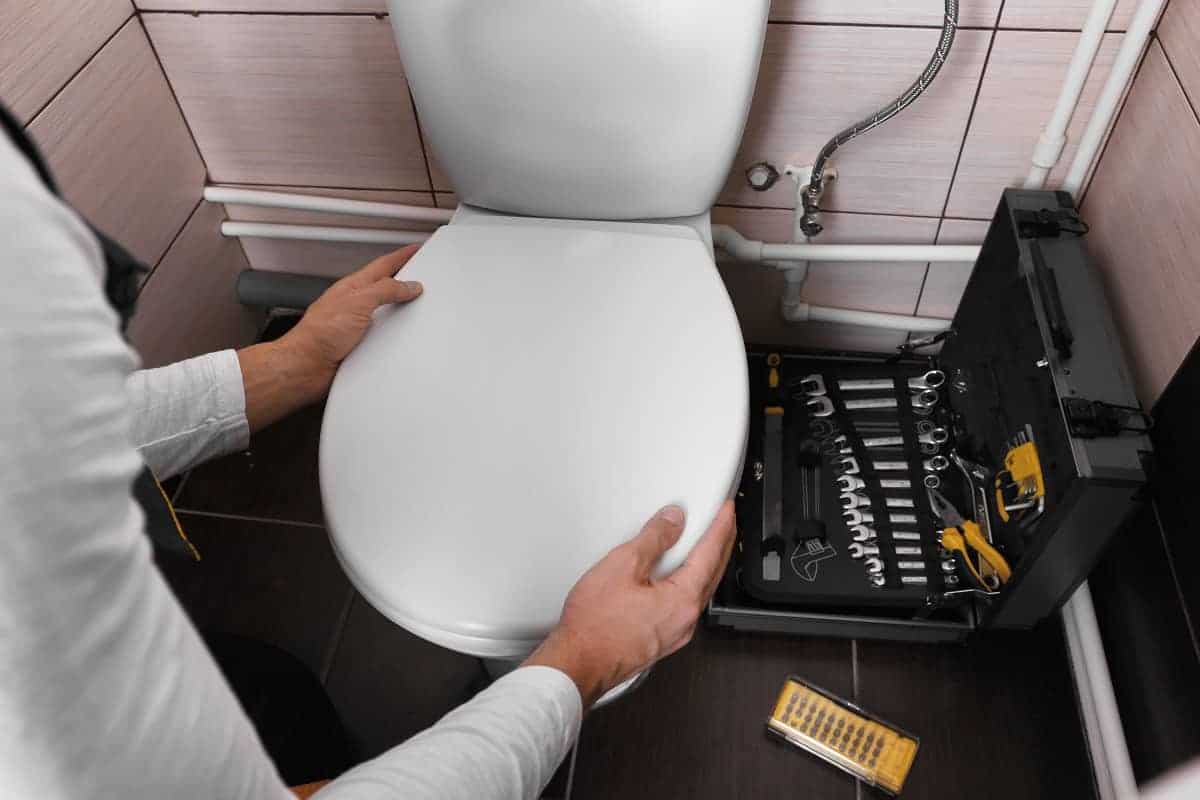
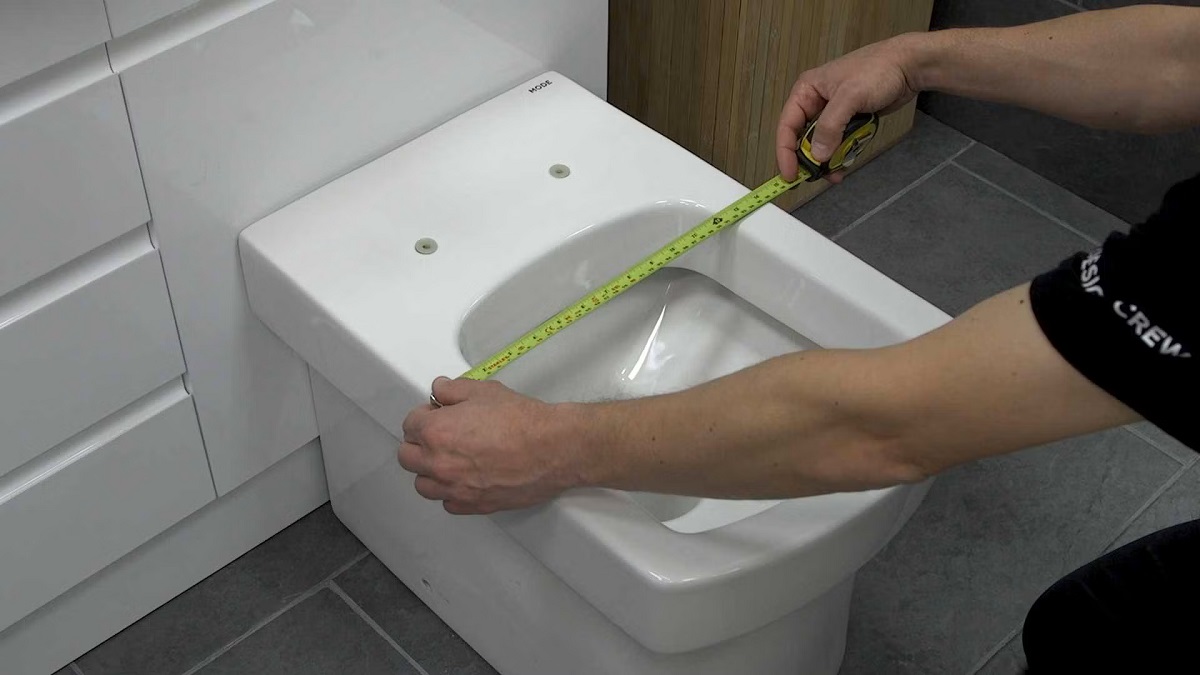
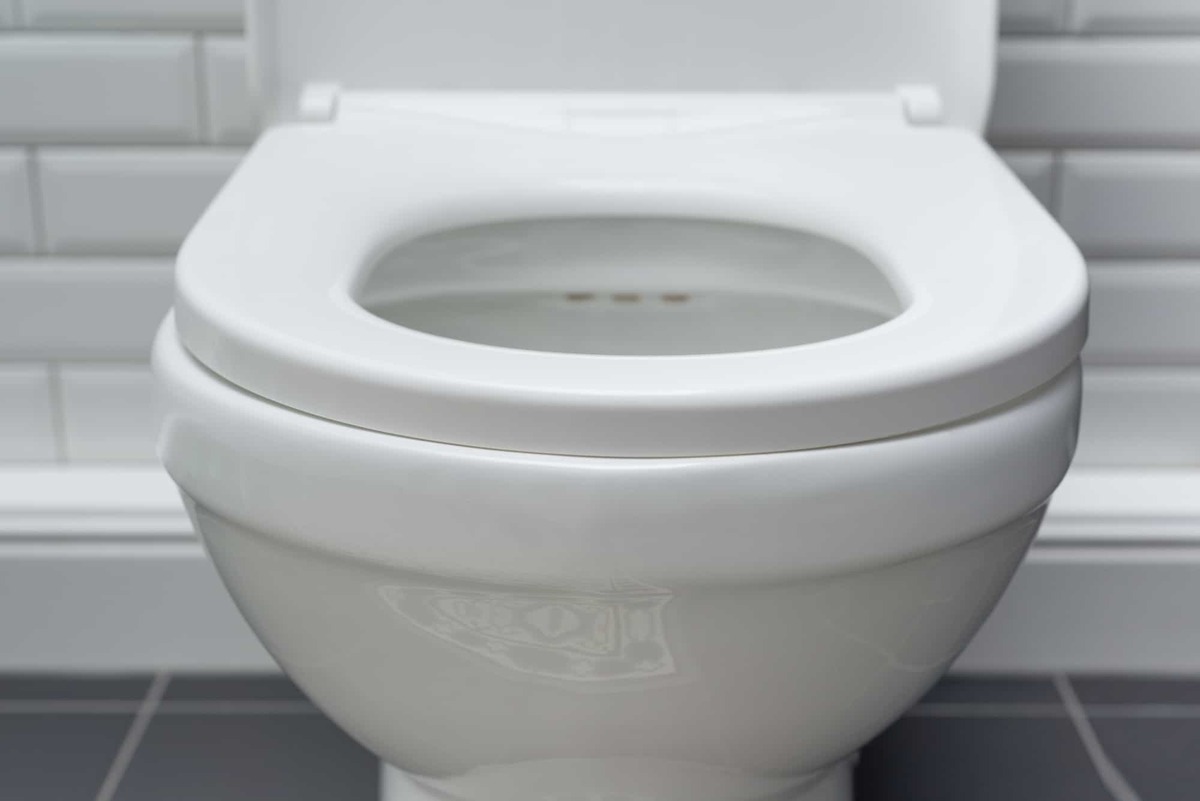
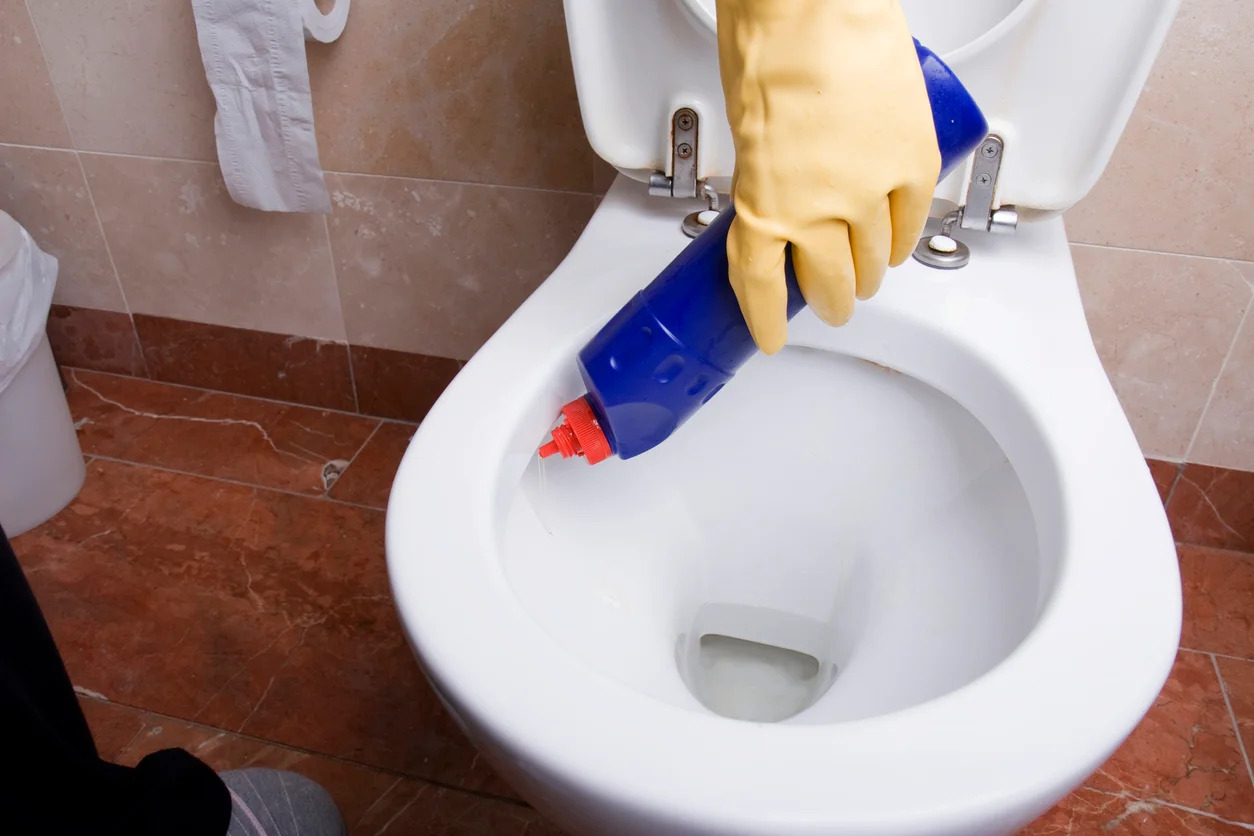
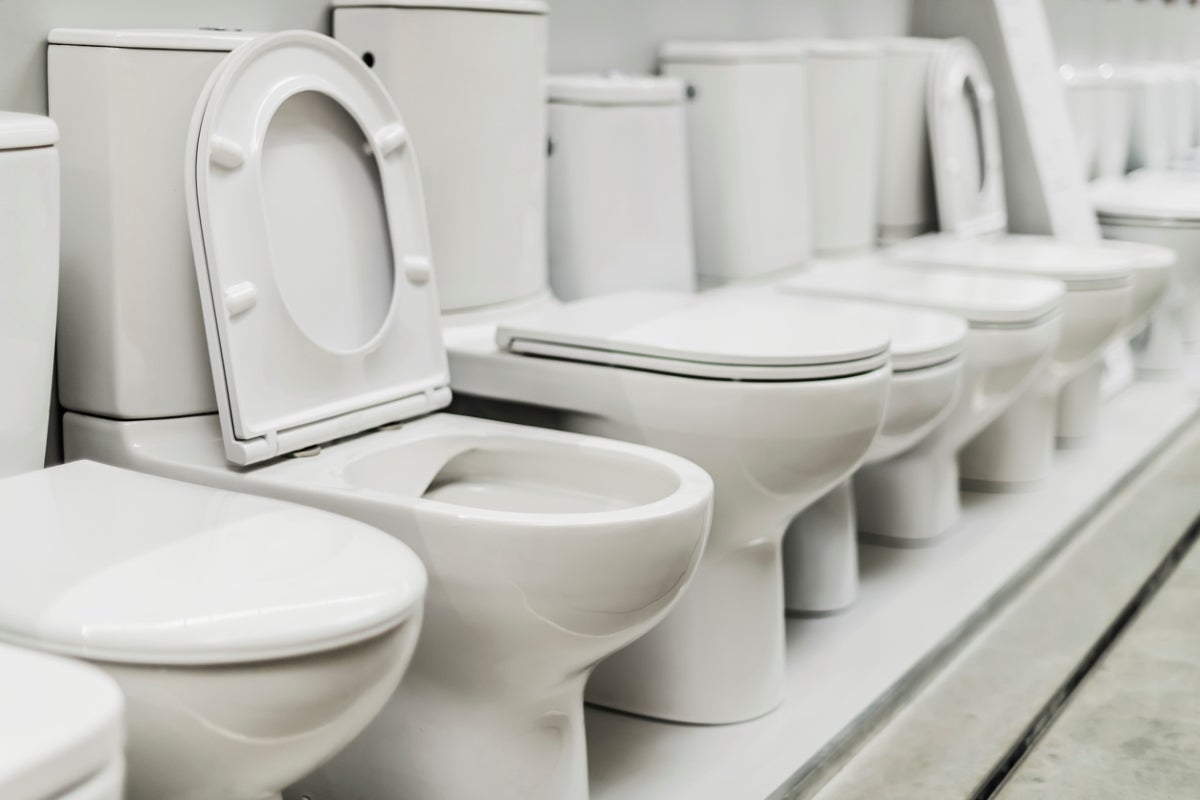
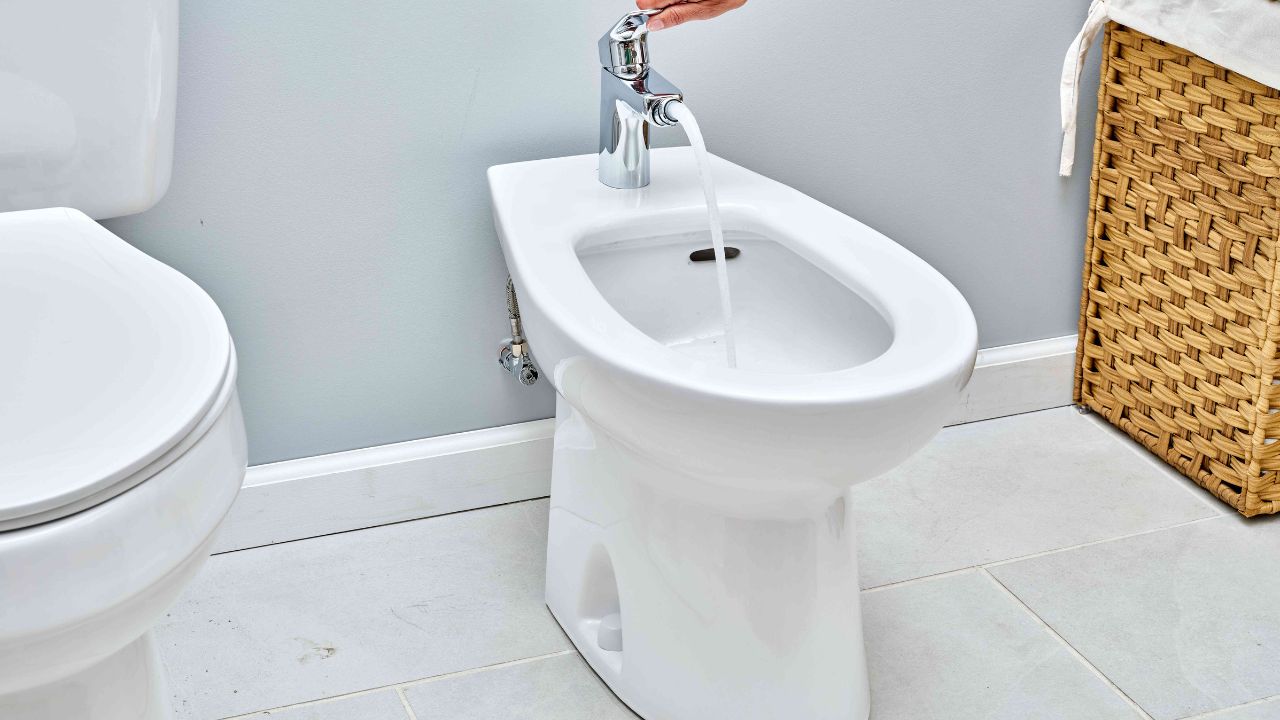
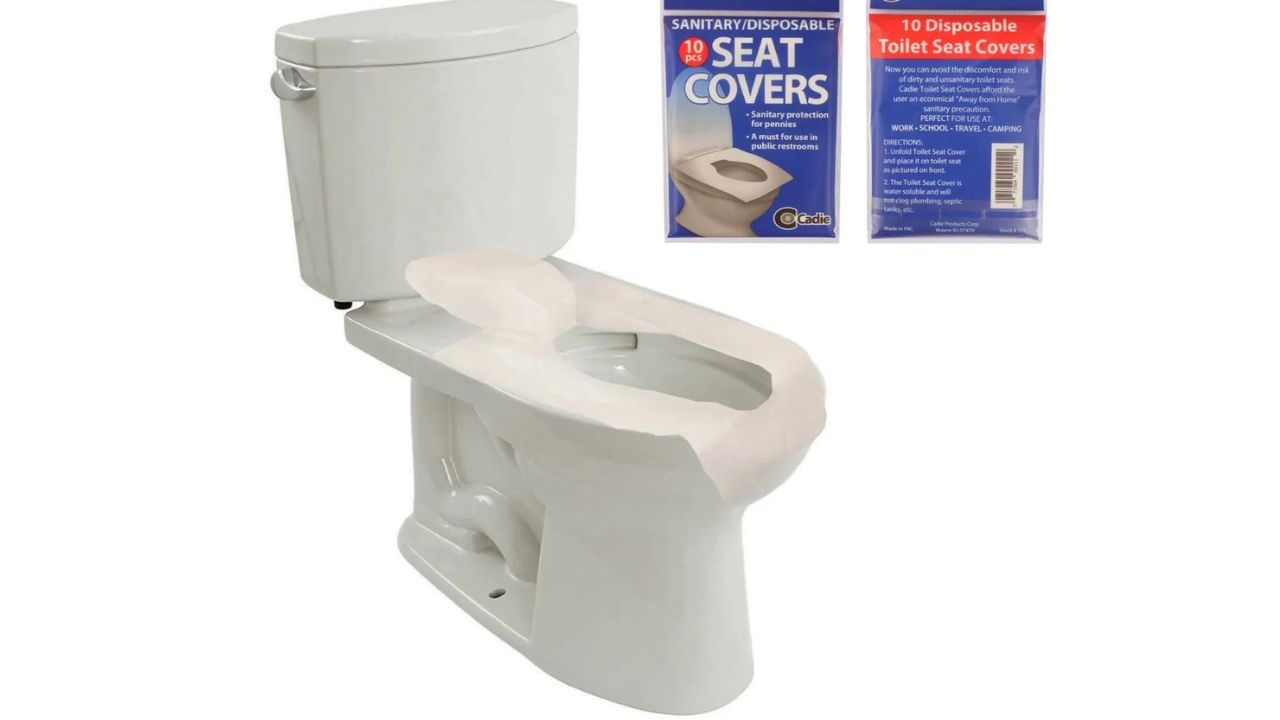
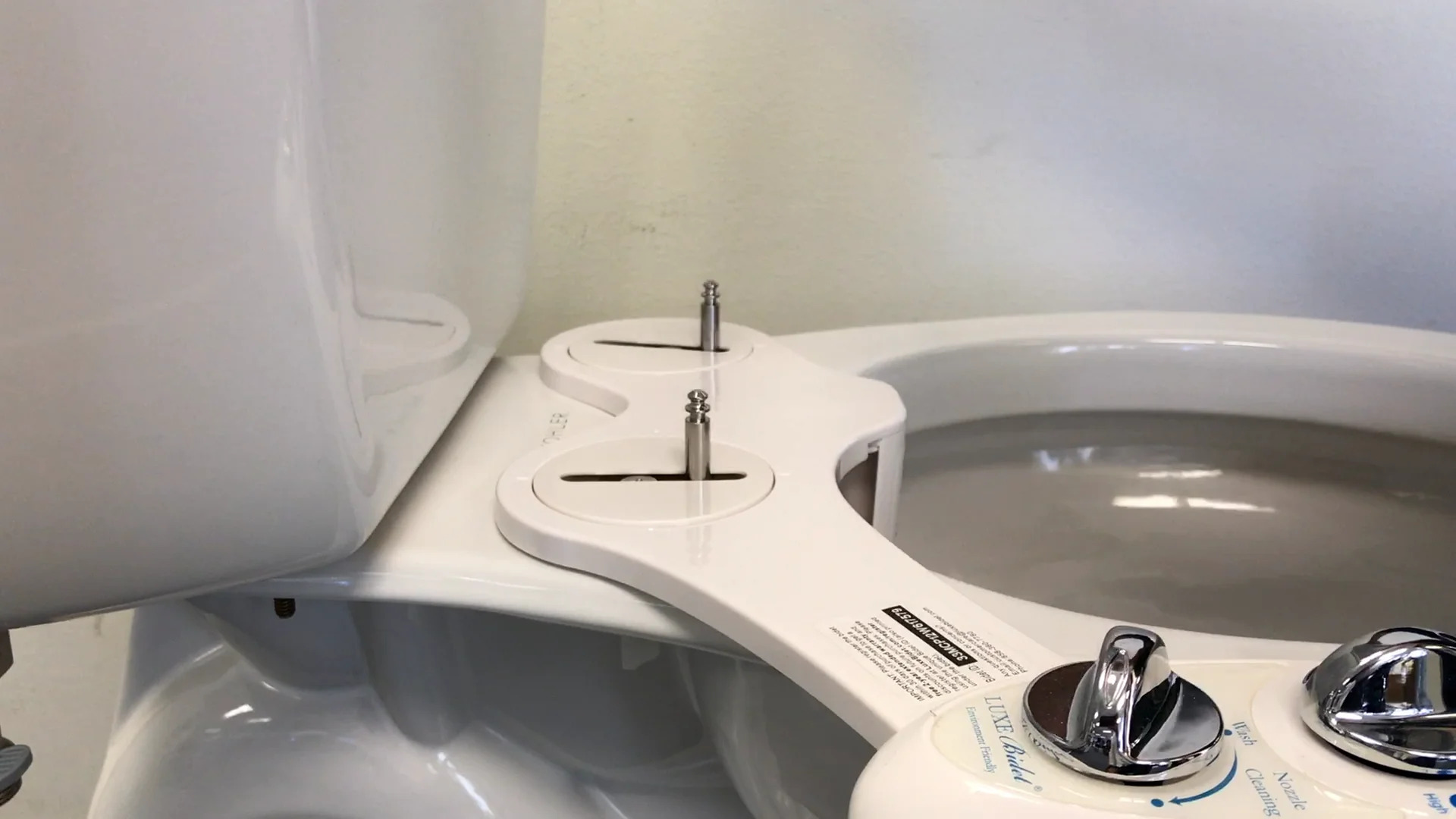
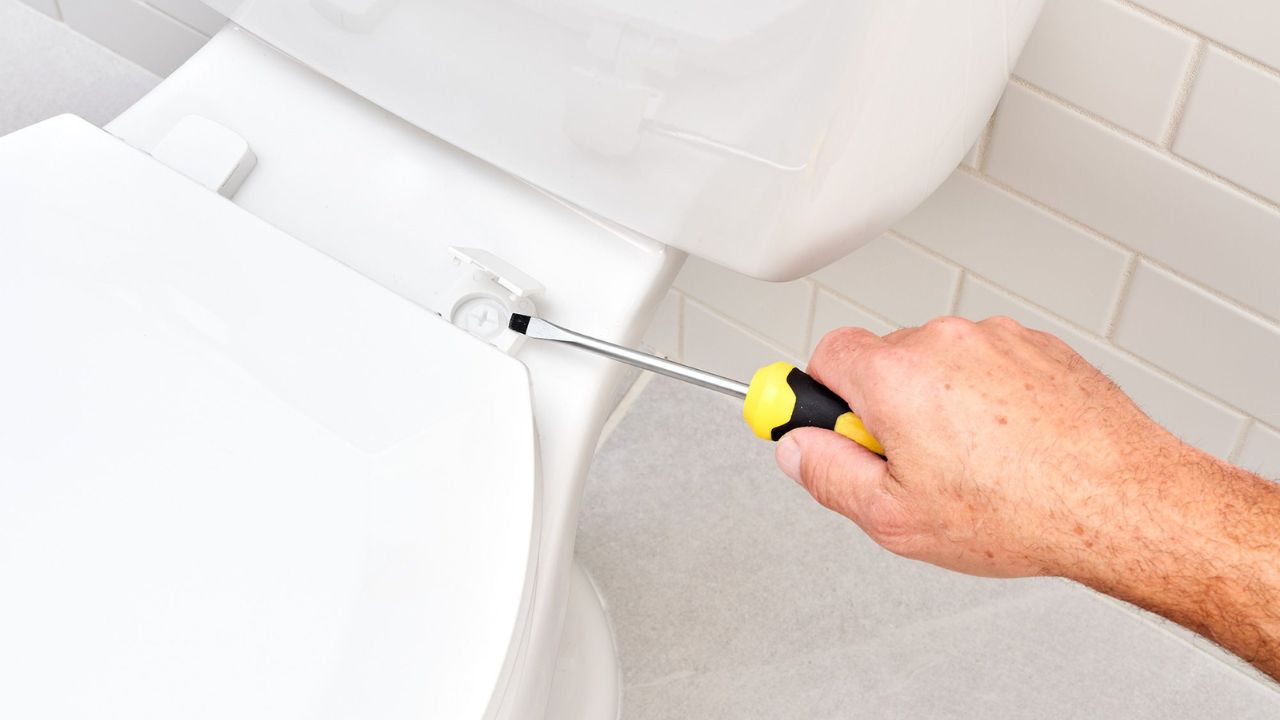
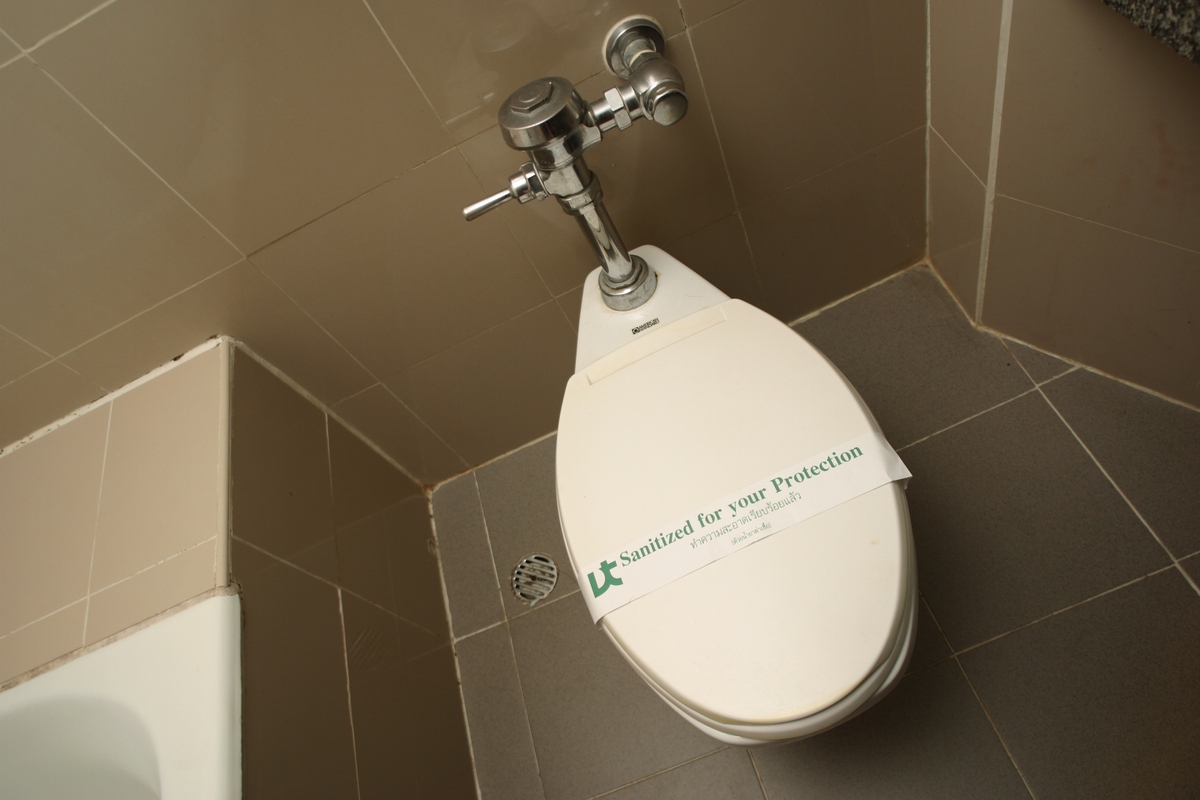
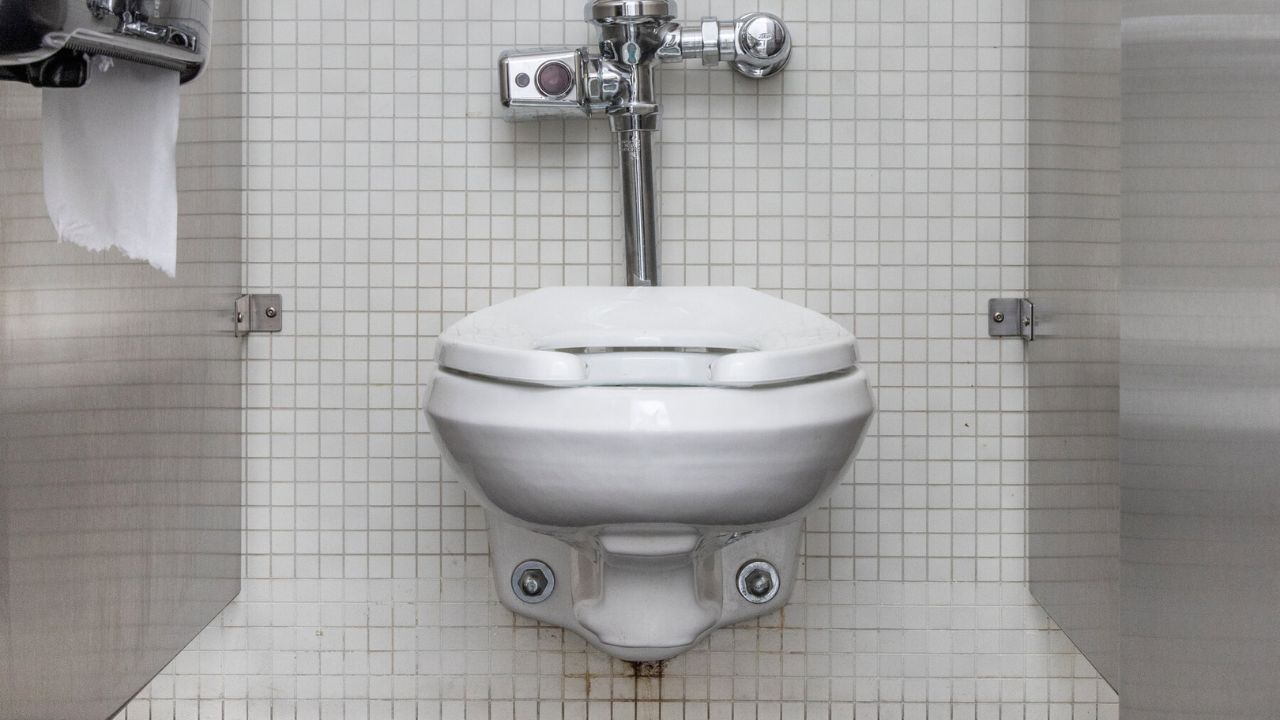
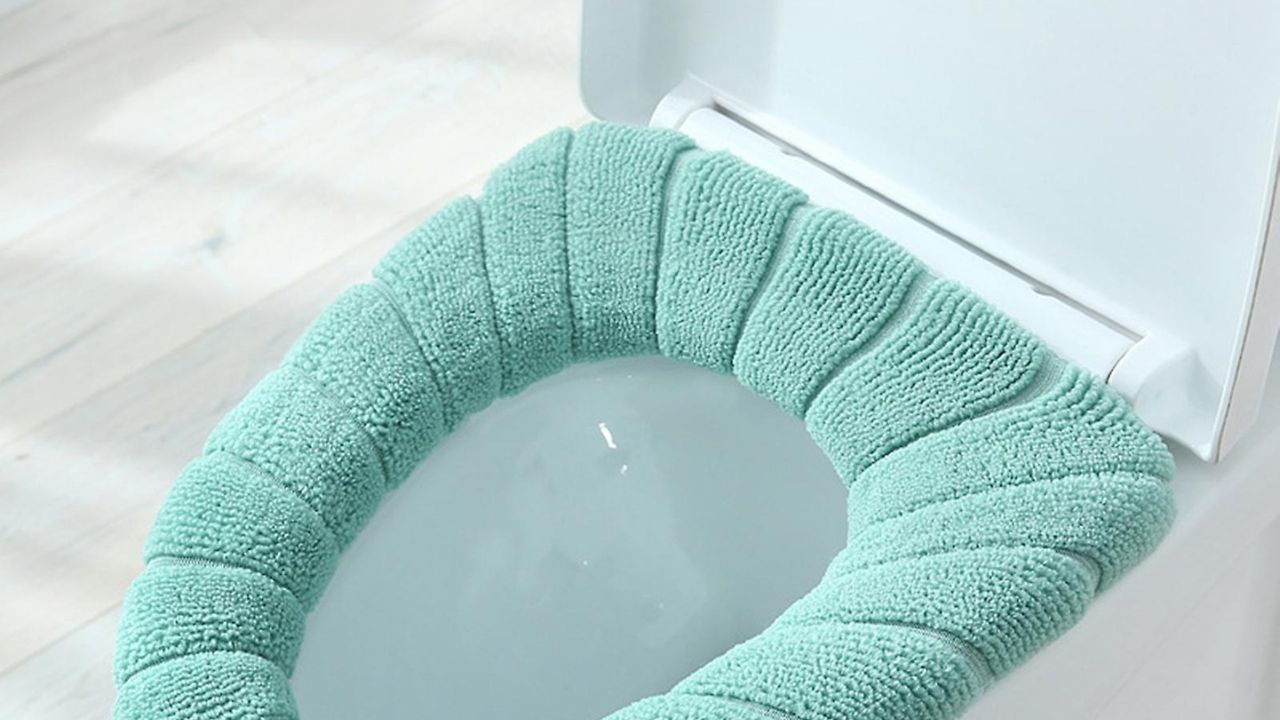
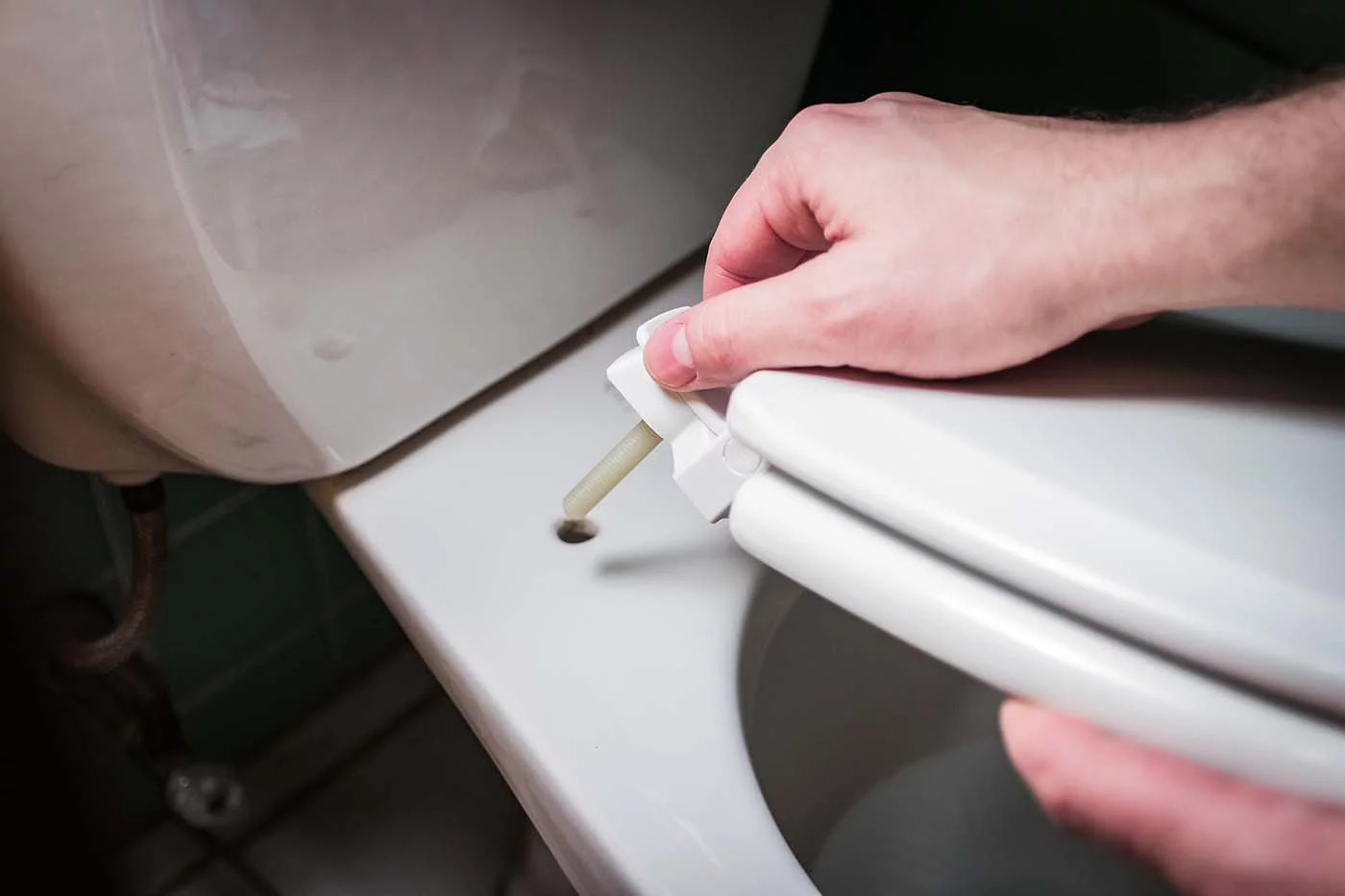
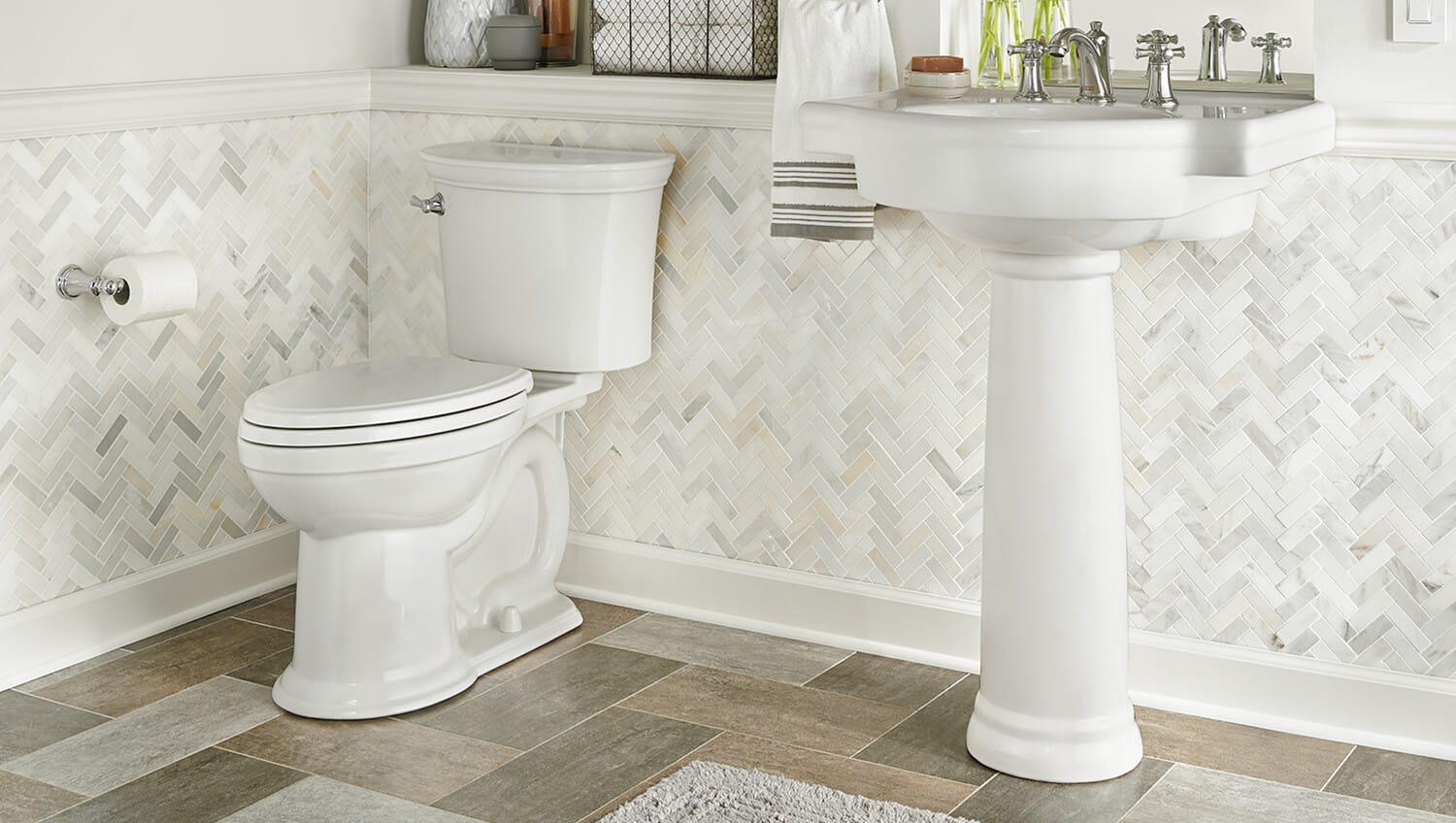

0 thoughts on “How To Replace A Toilet Seat”